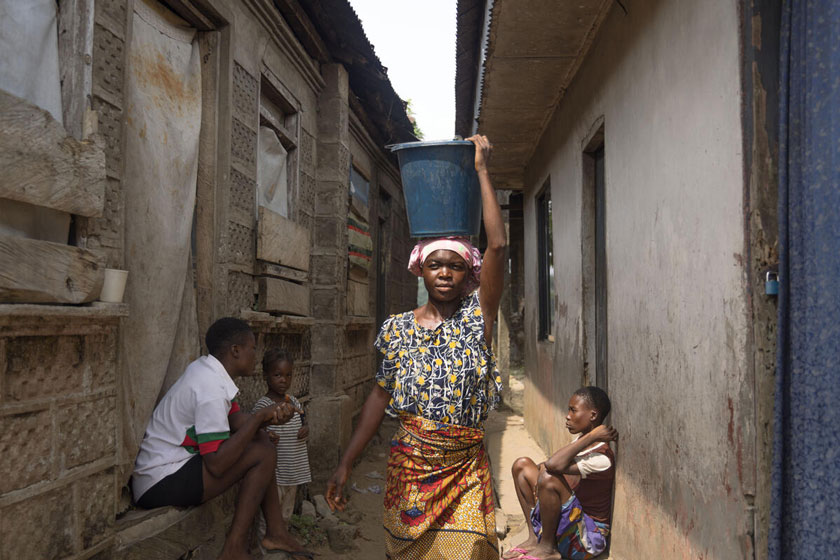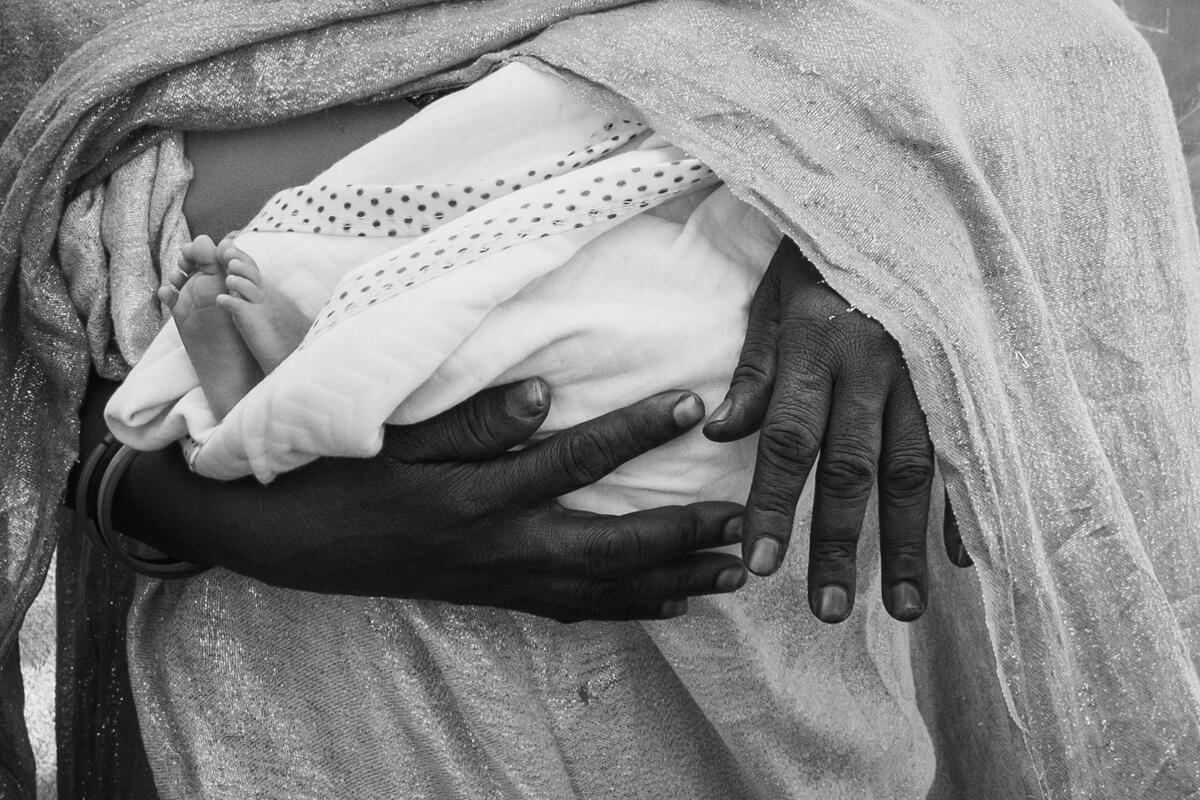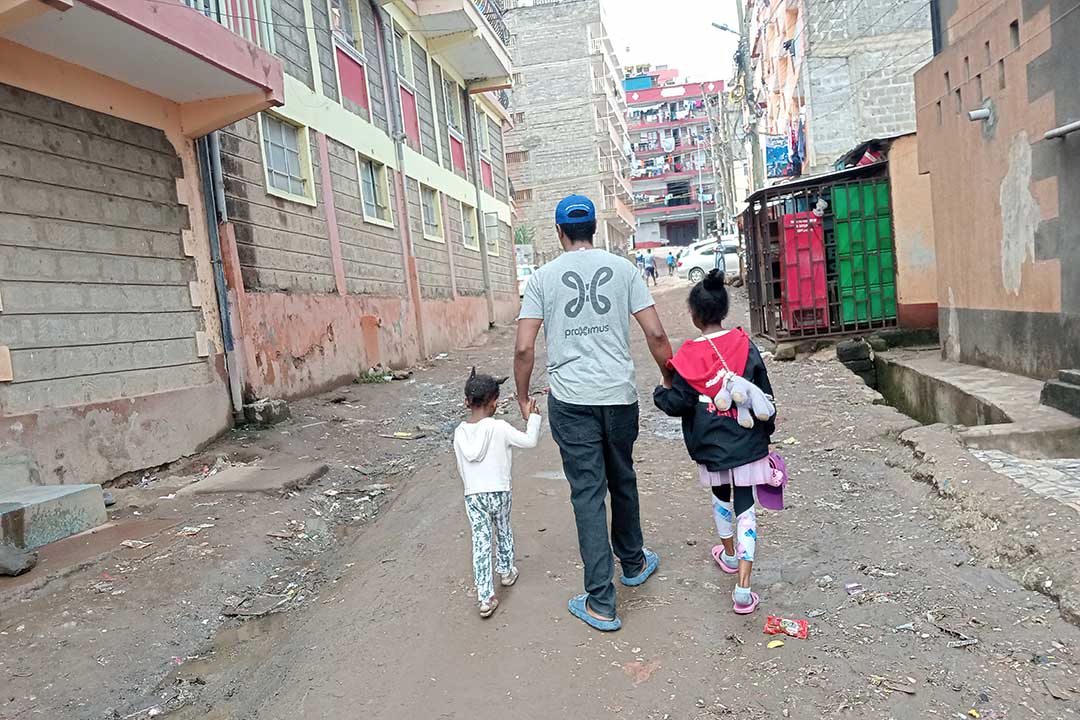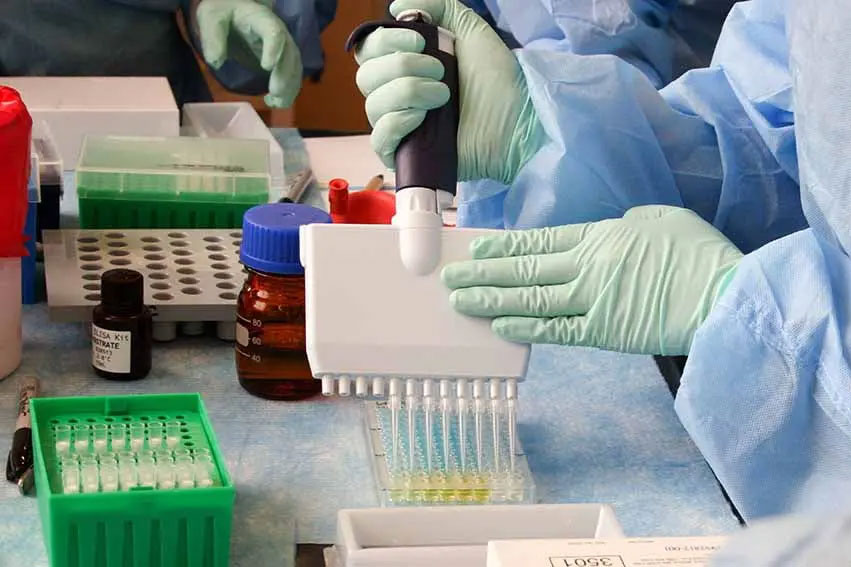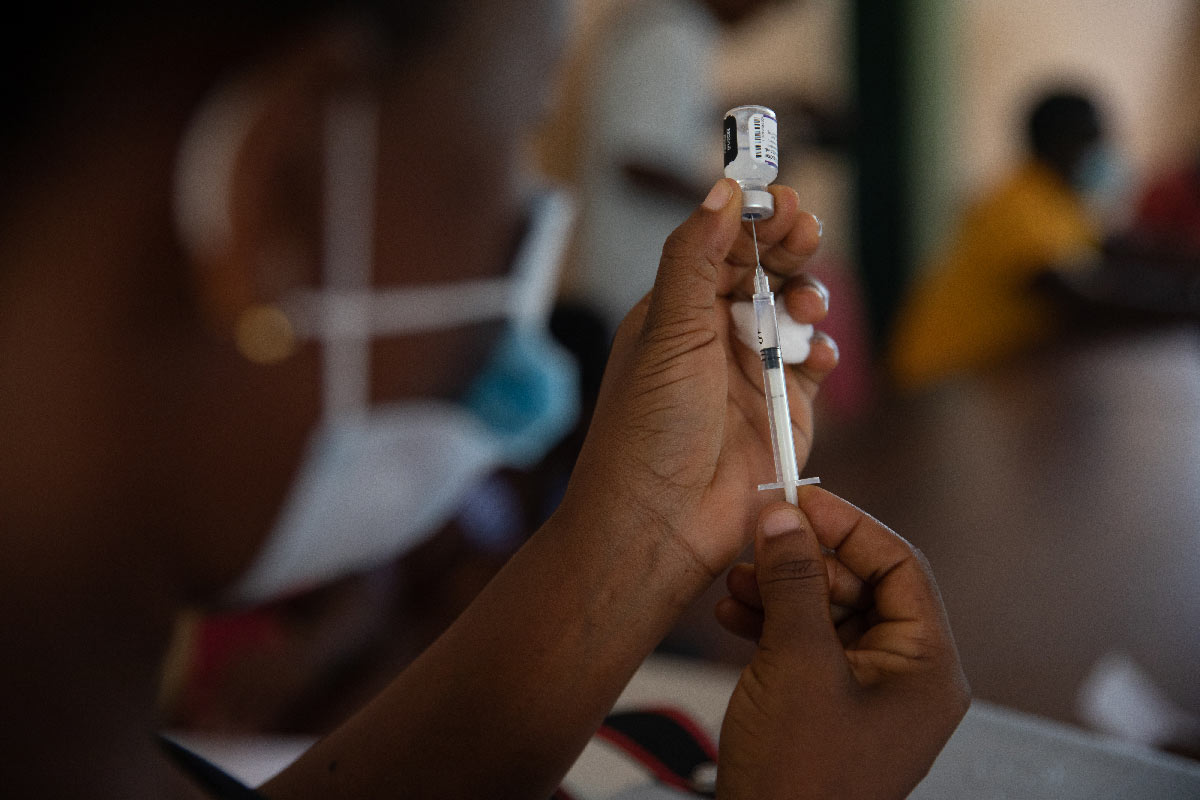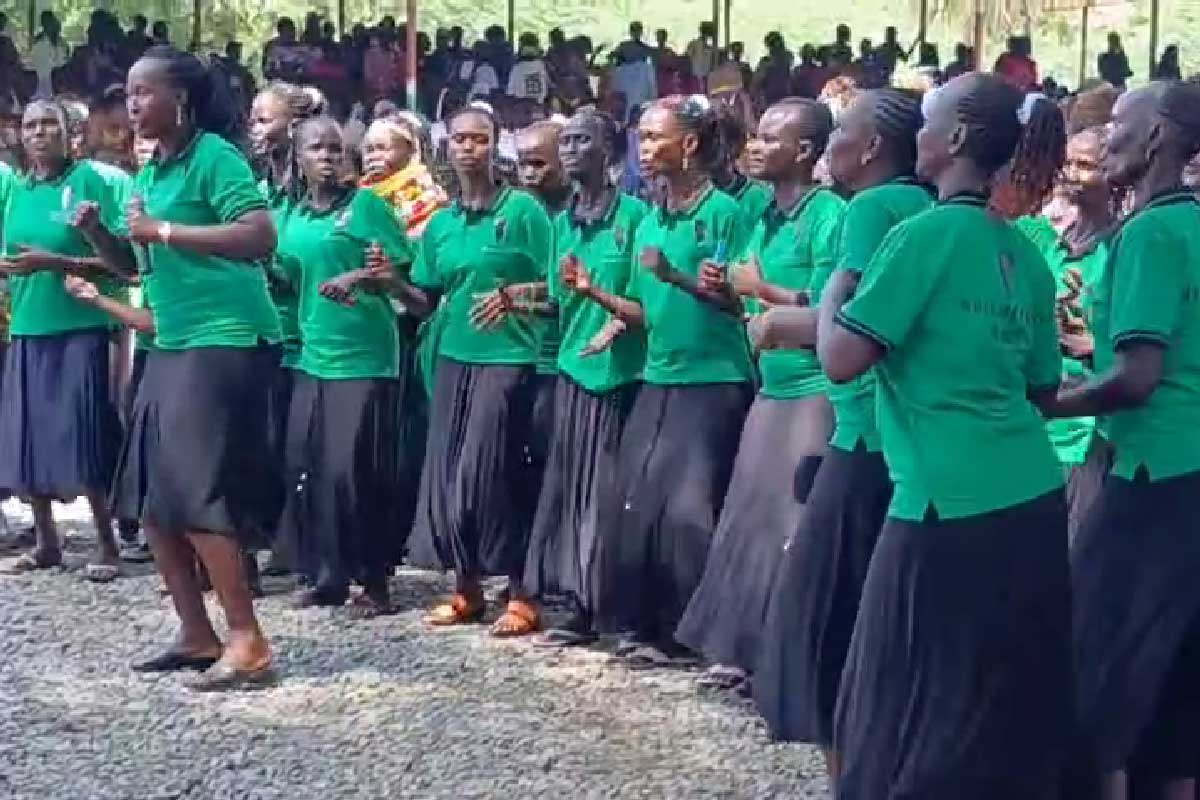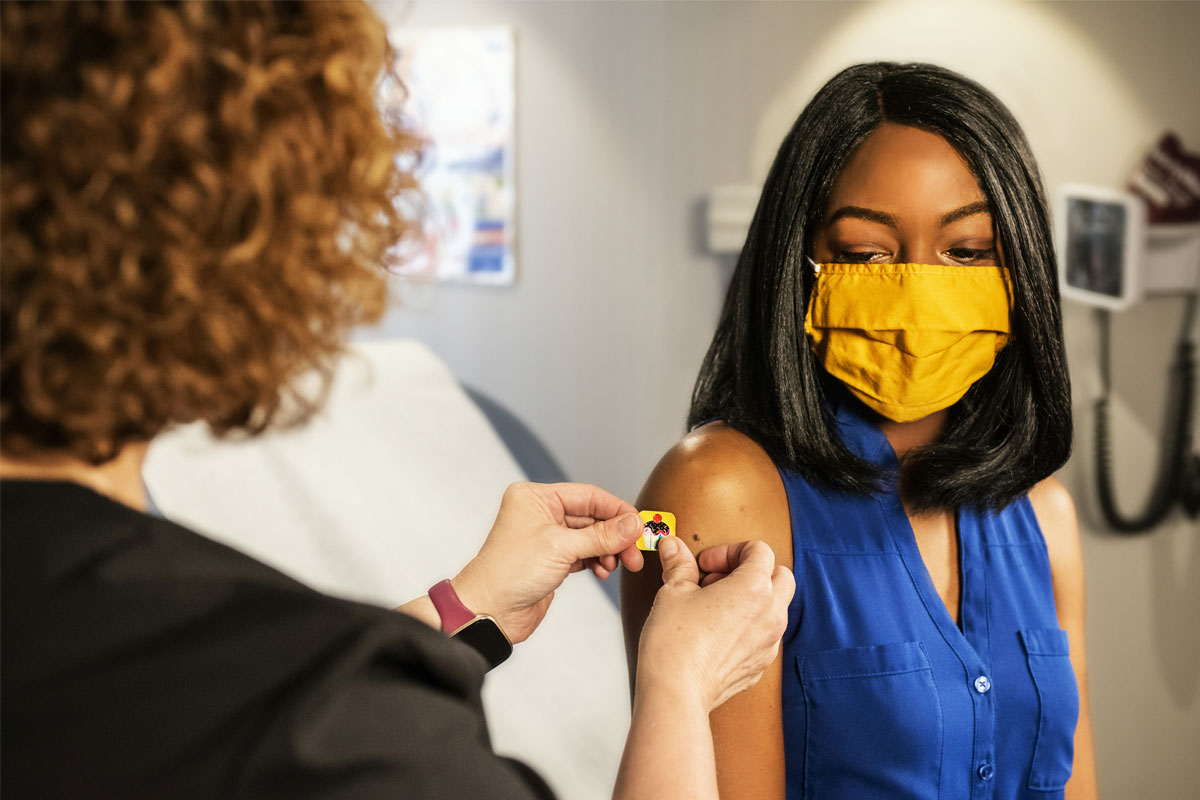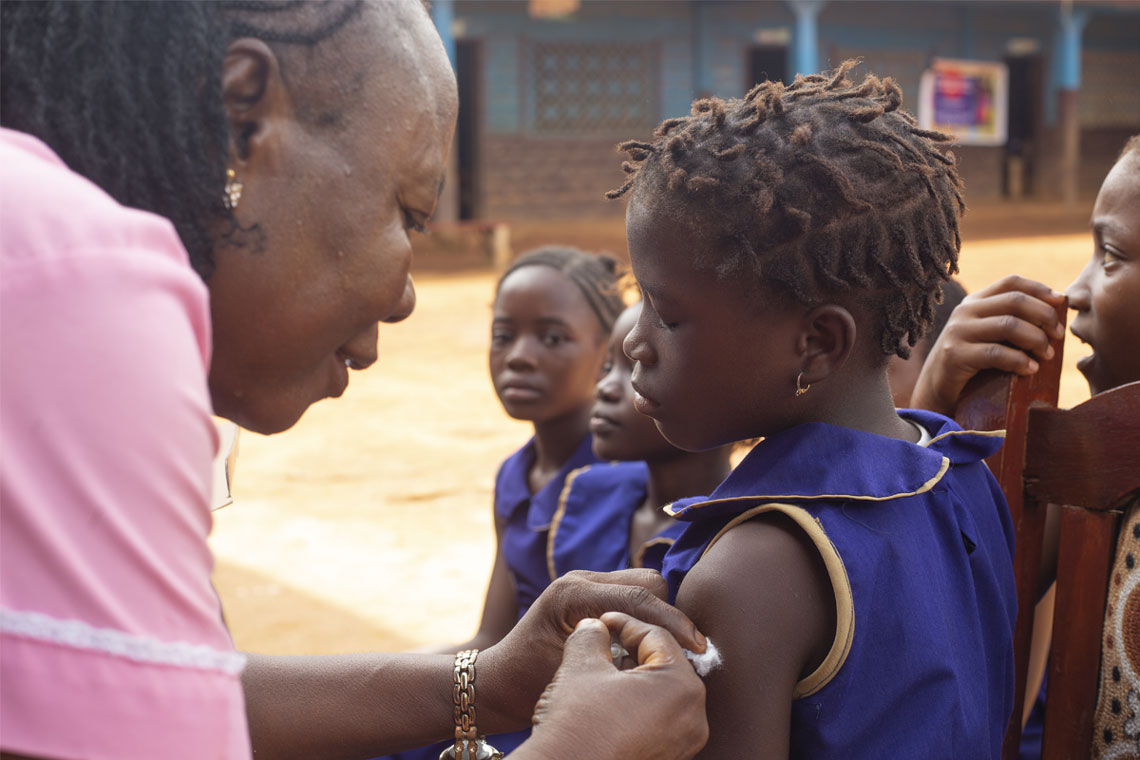Fighting Cervical Cancer in Nepal
Nanna Heitmann traveled to Nepal in collaboration with Gavi, the Vaccine Alliance, to document the impact of a newly launched HPV vaccine campaign throughout the country.
- 21 July 2025
- 4 min read
- by Magnum Photos
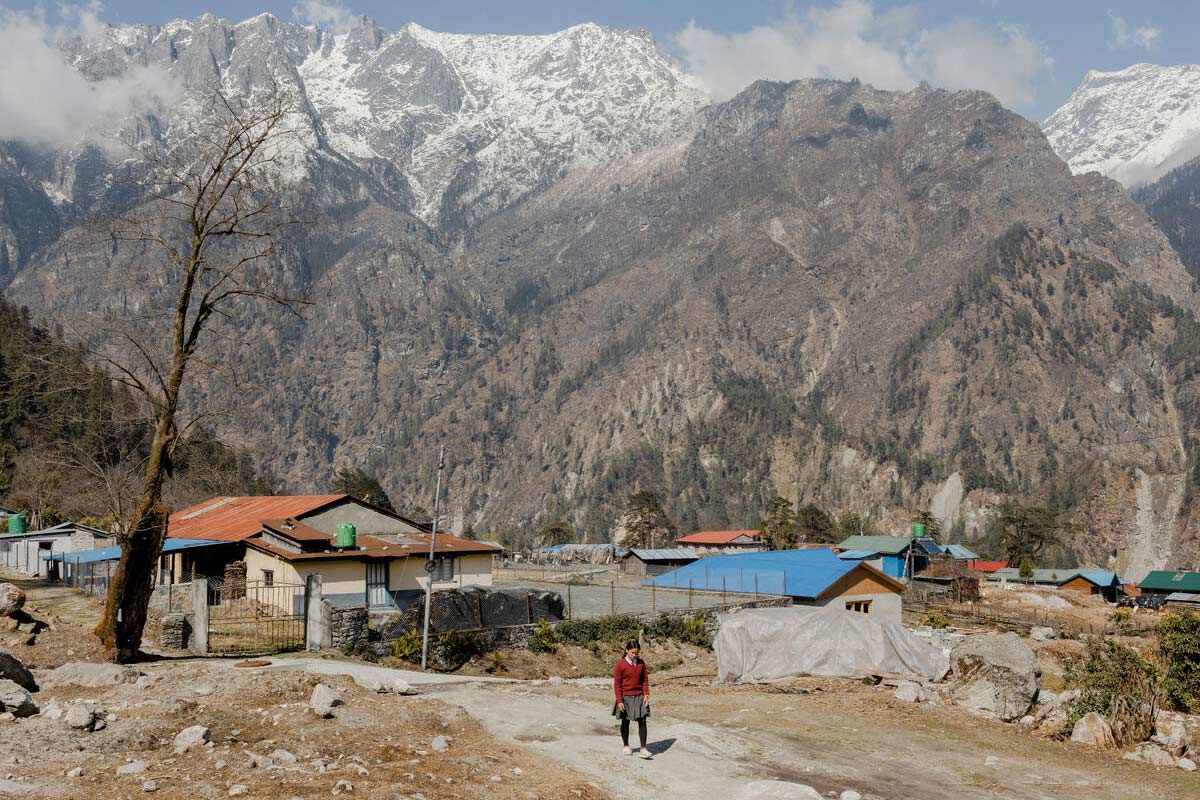
This story is included in a four-part series featuring Magnum photographers Nanna Heitmann, Salih Basheer, Jérôme Sessini and Newsha Tavakolian, who collaborated with Gavi, the Vaccine Alliance, to document the impact Gavi-supported vaccines are having around the world. The project aligned with the 2025 Global Summit: Health and Prosperity through Immunization on June 25 in Brussels, where the photographers presented an exhibition of their work.
In February and March 2025, Nanna Heitmann traveled with Nepalese photographer Uma Bista through Timang, Manang, and Kathmandu in Nepal to document the country’s newly launched HPV vaccination campaign. From remote villages in the Annapurna mountain range to the capital, they spoke to individuals who took part in the 15-day nationwide vaccination program, targeting 1.6 million girls aged 10-14. Supported by Gavi, the World Health Organization (WHO) and UNICEF, and launched on February 4, 2025, World Cancer Day, the campaign made Nepal the 145th country in the world to introduce the vaccine into their routine immunization schedule.
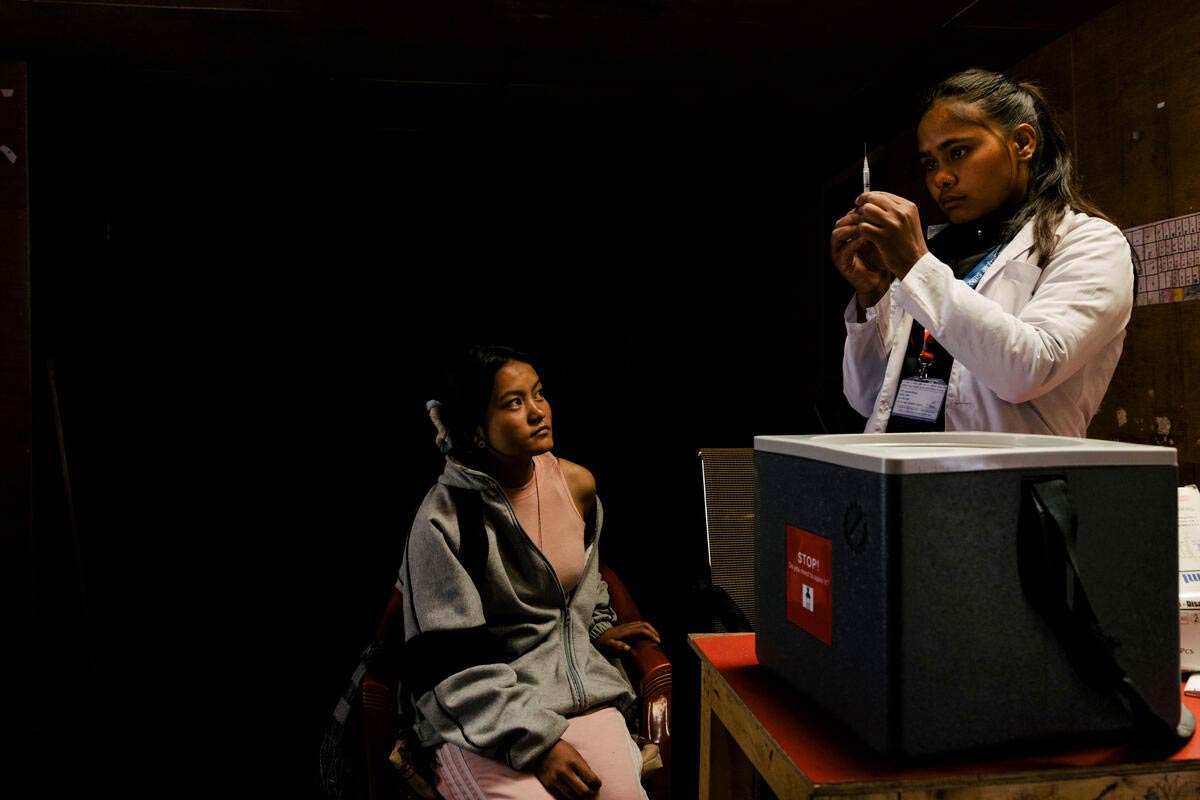
Heitmann’s images capture a significant change for the population, particularly for those who cannot afford private health care. “This means that eligible girls will be able to access the vaccine for free when they turn ten, in much the same way that infants in Nepal are routinely immunized against familiar childhood diseases like measles, diphtheria and pertussis, at public expense,” Gavi states on their website. Without this support, individuals would have to pay NPR 12,000 (approximately $90) privately for a shot.
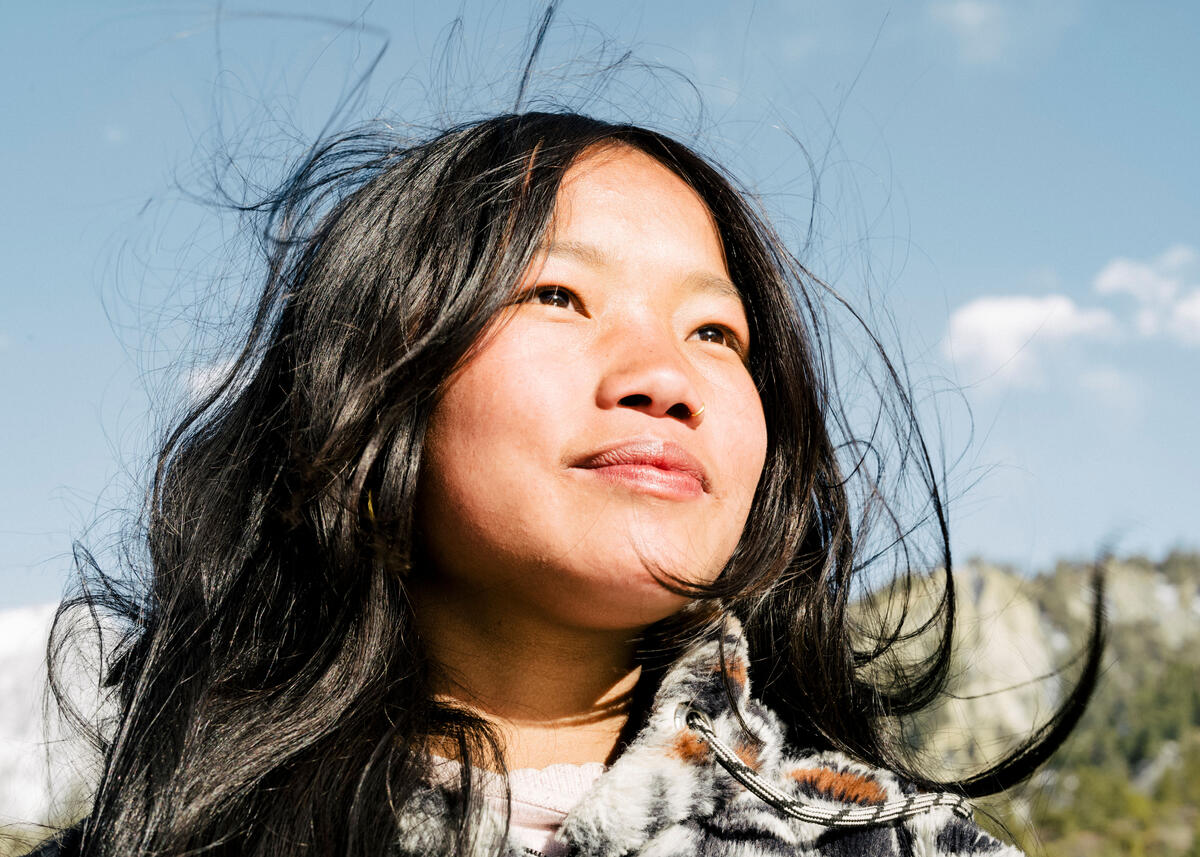
In a village built into the mountain range’s jagged peaks, Heitmann met 16-year-old Monika, who opted to take the vaccine. As a child, Monika witnessed her mother struggle with a uterine disease. Due to financial constraints and the cost of the treatment, Monika’s parents disagreed on whether or not her mother should undergo surgery. Eventually, her mother was unable to receive the recommended treatment. “I took the shot thinking it would be better if the disease didn’t catch me,” Monika said. “We feel so lucky to get the vaccine,” she added. “I feel proud of myself.”

HPV is the most common sexually transmitted disease in Nepal and throughout the world, affecting middle and low-income populations more severely. While relatively harmless in most cases, it can cause several types of cancer in later life, particularly cervical cancer. In 2022, nearly 350,000 women worldwide died of cervical cancer, which translates to one life lost every other minute. 91% of the cases were caused by HPV.
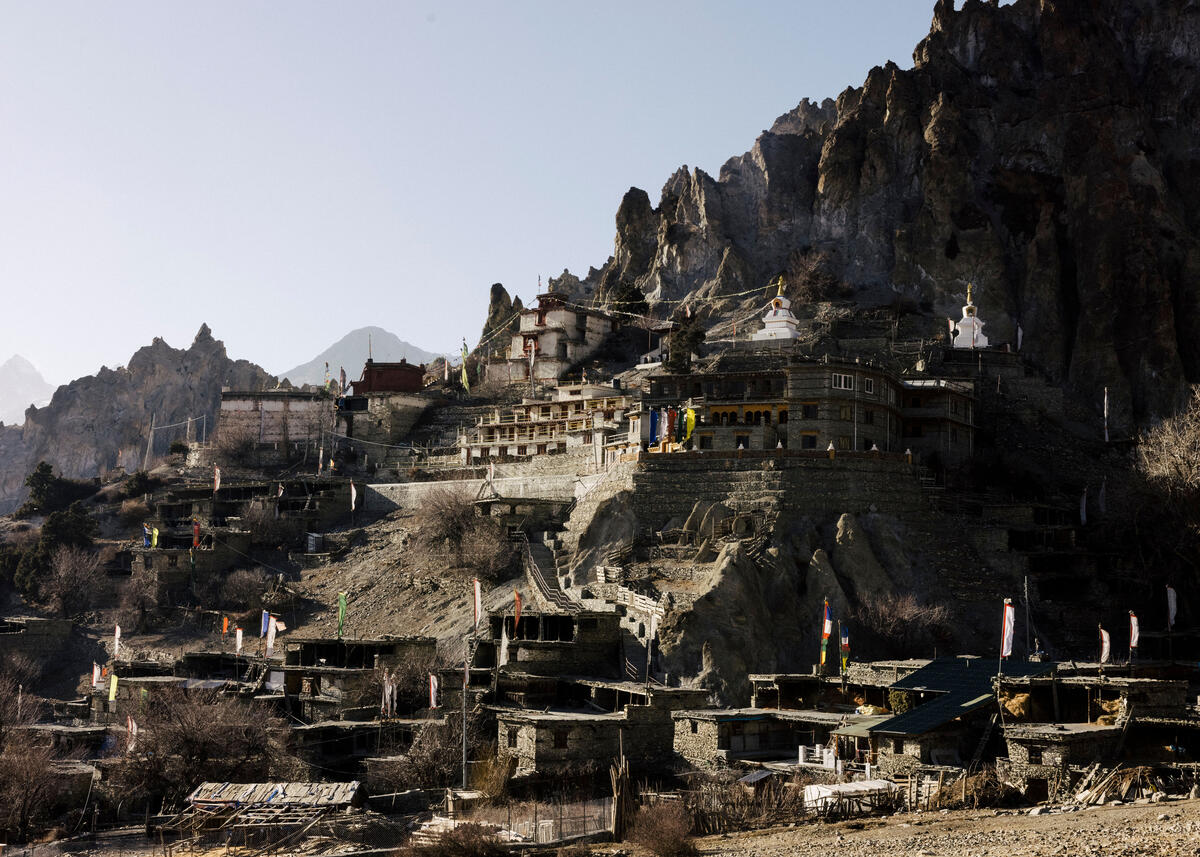
In Nepal alone, an estimated 2,244 new cases of cervical cancer are diagnosed annually, and 1,493 women die from the disease. Underlying these alarming trends are limited access to health facilities, low awareness of cervical cancer, social stigma around what should be routine gynecological check-ups, and relatively high levels of female illiteracy, according to Gavi.
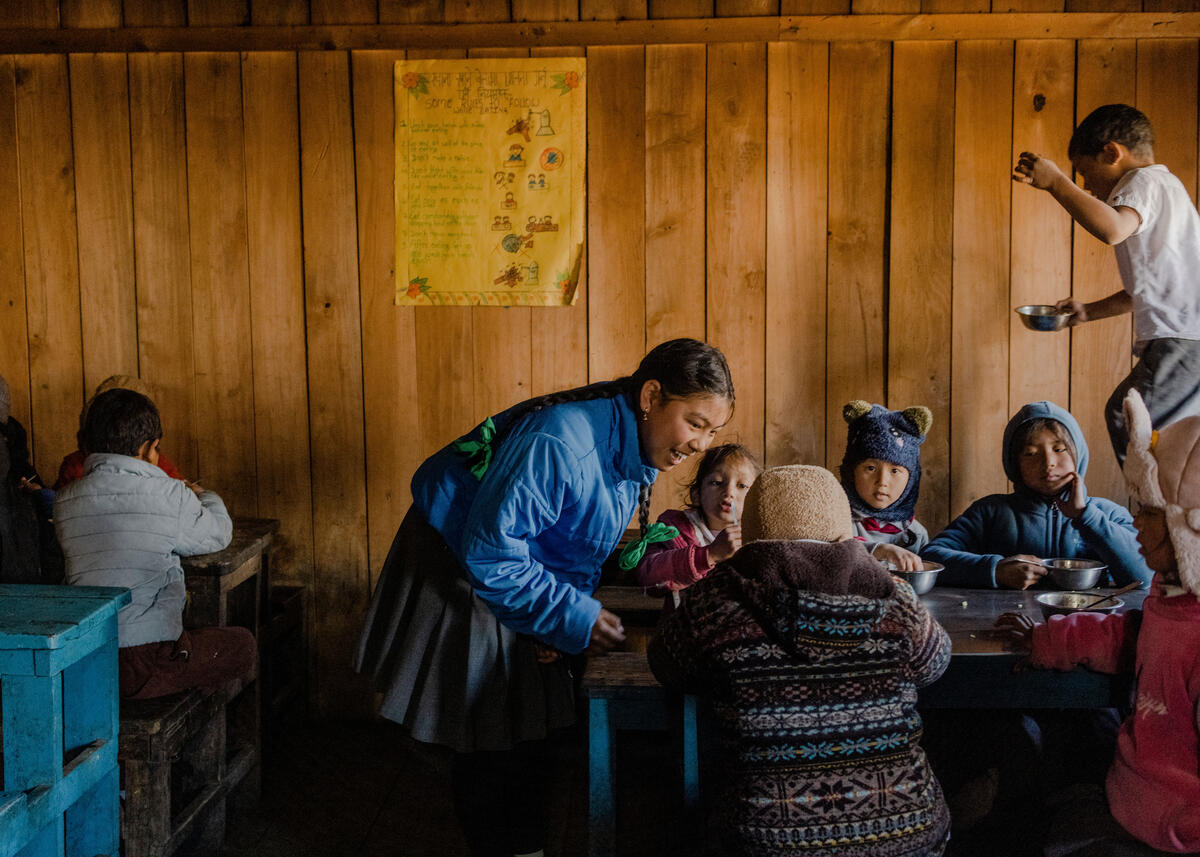
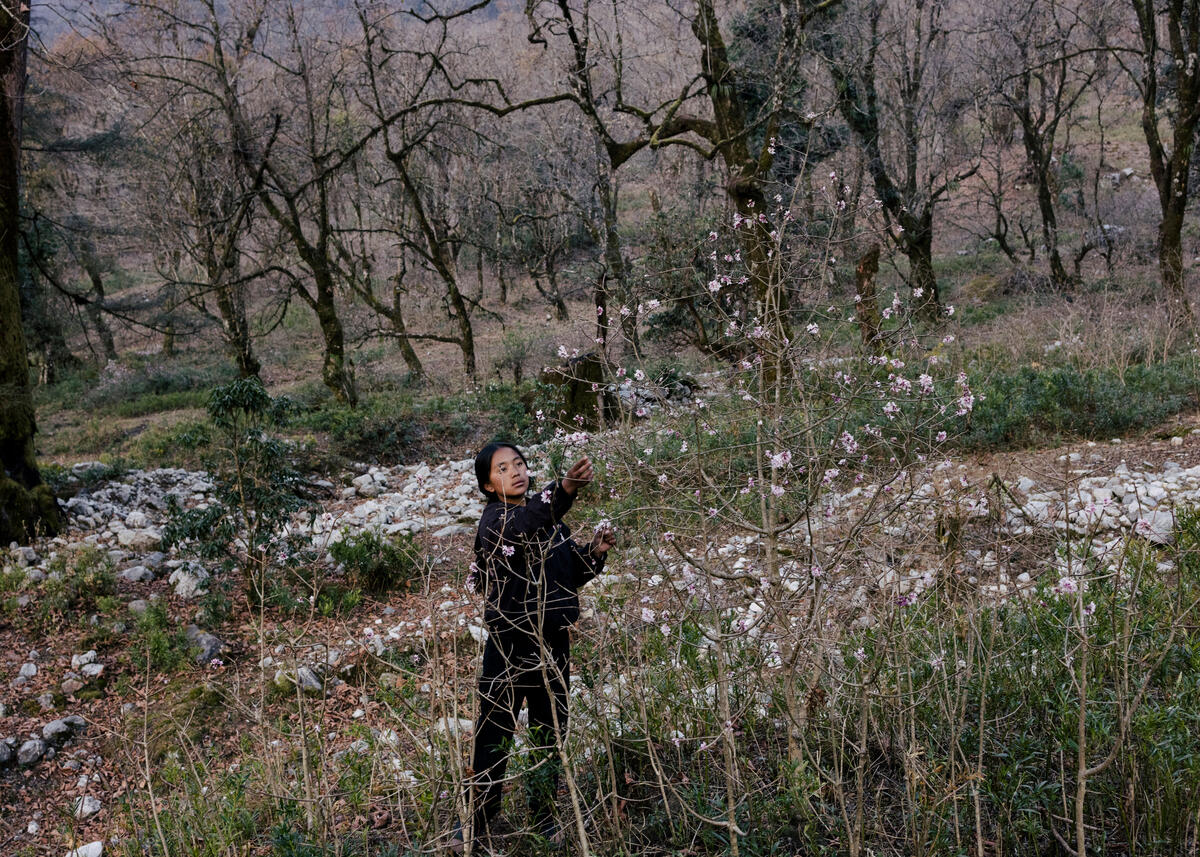
Last year, the Nepalese government launched a trial campaign in schools to assess the feasibility of the vaccination outreach, delivering a total of 10,000 vaccines to young girls in all seven provinces of the country. However, due to harsh winter conditions, the campaign was interrupted.
After meeting Monika and her classmates, Heitmann and Bista traveled to the a primary school in the Timang area. There, they spoke with Diya, a 12-year-old girl who, in the middle of a busy exam season, was enthusiastic about taking the available vaccine.
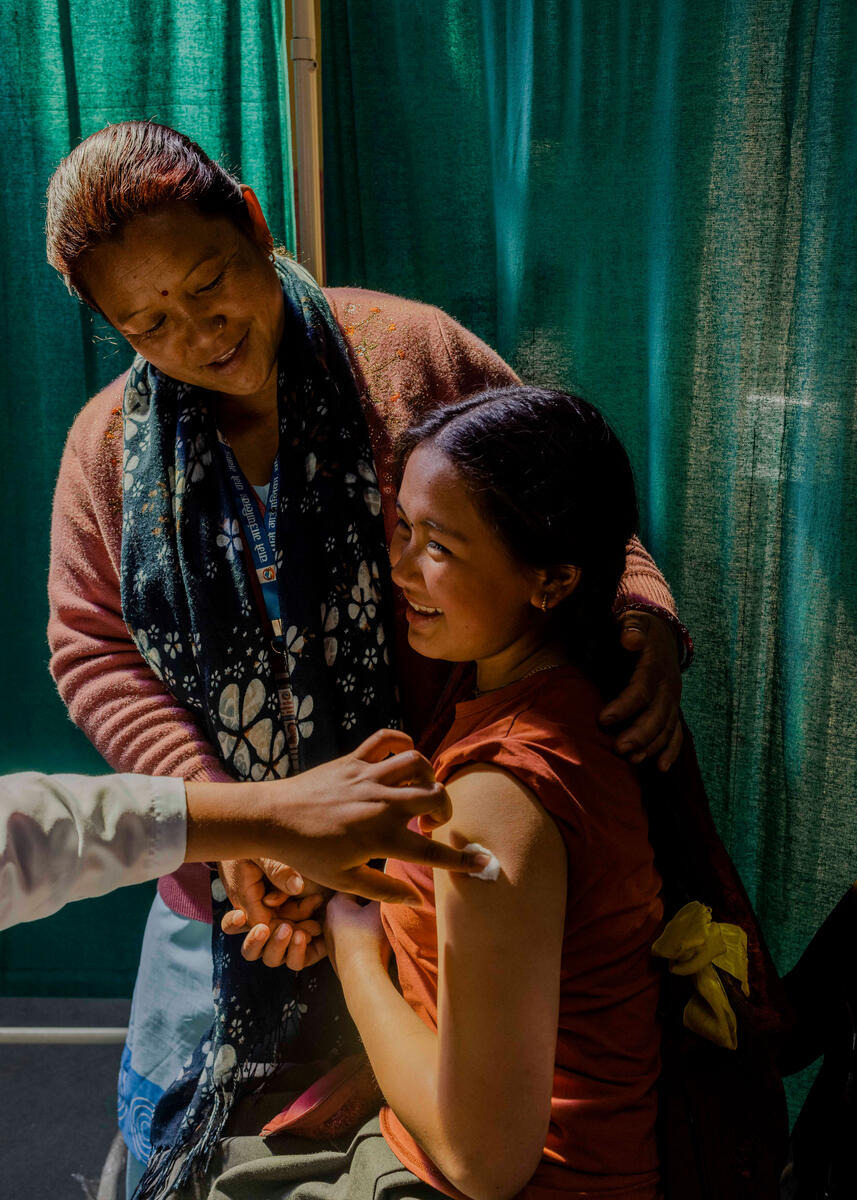
For Diya, the decision to take the vaccine aligned with her career aspirations: “I want to be a doctor in the future,” she said, in the hopes that she can advocate for a more equal society, minimize social injustices and reduce superstition. Diya is also concerned about Nepal’s systemic caste system, a centuries-old hierarchy that divides society into four castes: Brahmin, Kshatriya, Vaishya, and Shudra. “I wish there was no discrimination based on caste,” she added. Most of the people in the mountainous region are acutely aware of this prejudice and segregation: “In this area, no one is from the higher caste,” Heitmann said.
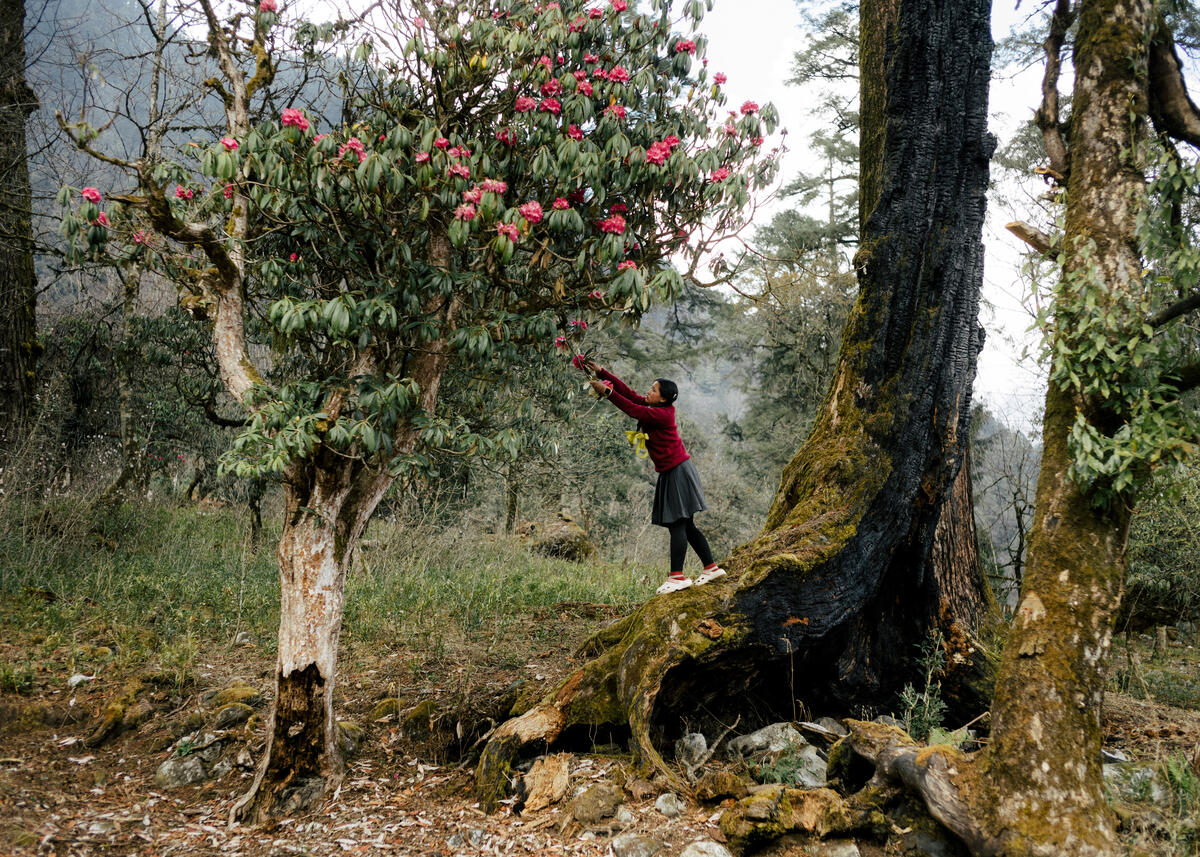
A few weeks before the vaccination campaign, Diya attended one of the vaccination awareness sessions. “I want to raise awareness so that we can move forward for the development of Nepal,” she said.
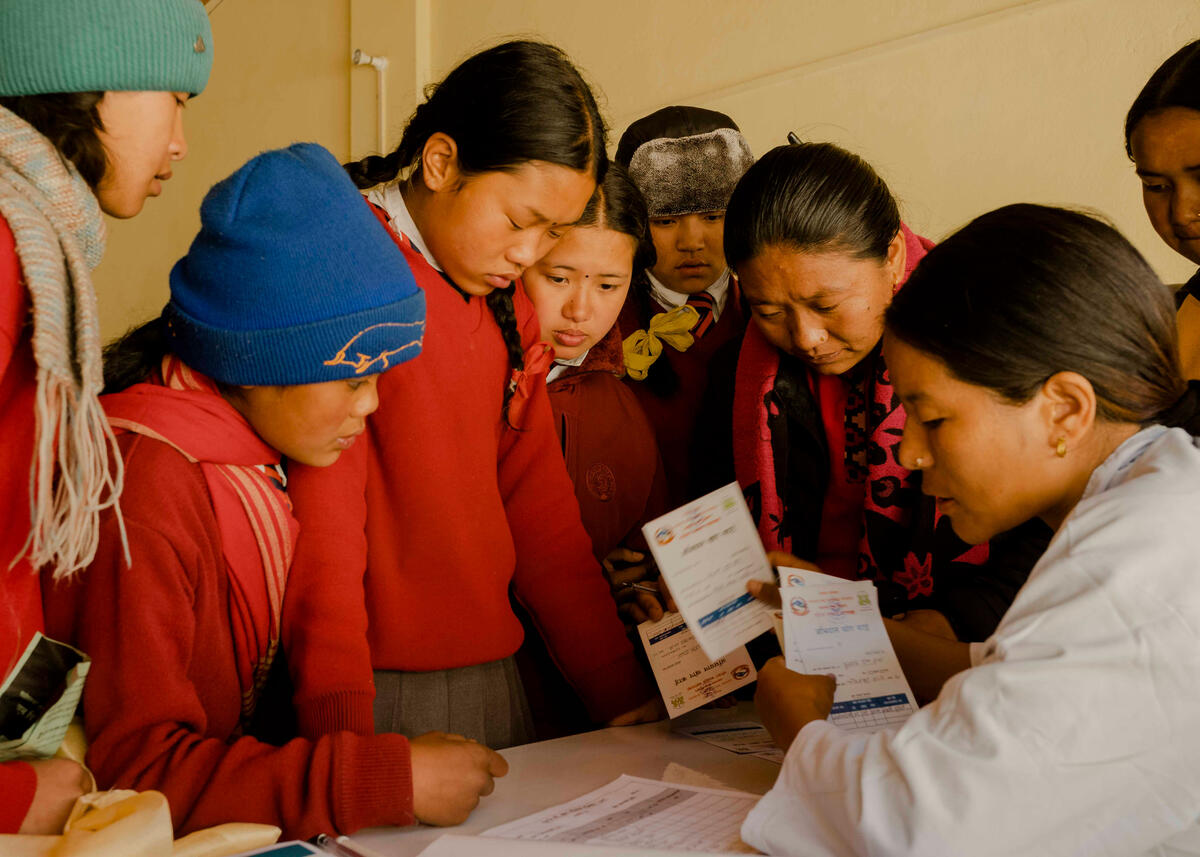
Heitmann then traveled deeper into the Annapurna mountain range towards Manang, 40 kilometers west of Timang, where she visited a high school. There, girls attended information sessions about the HPV vaccine, and some, like 14-year-old Anjali Gatame, opted to take it in between their studies.
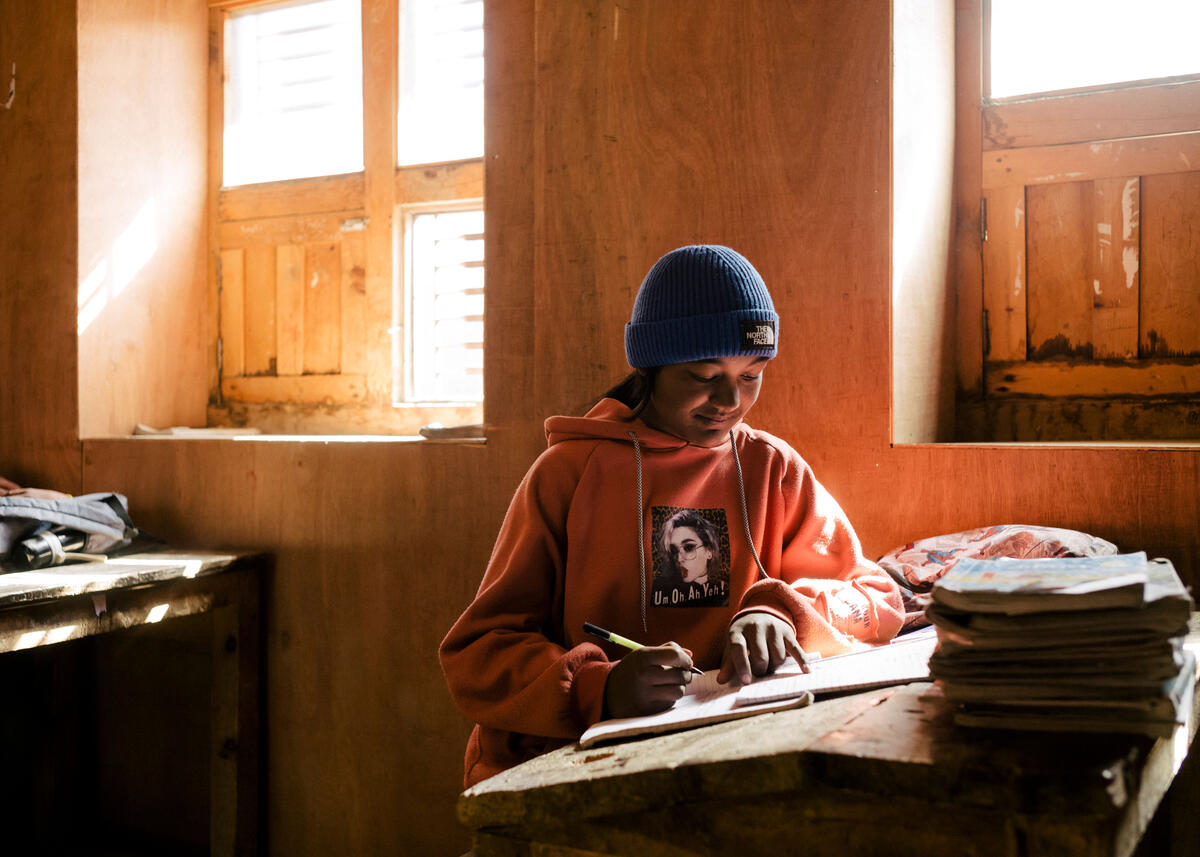
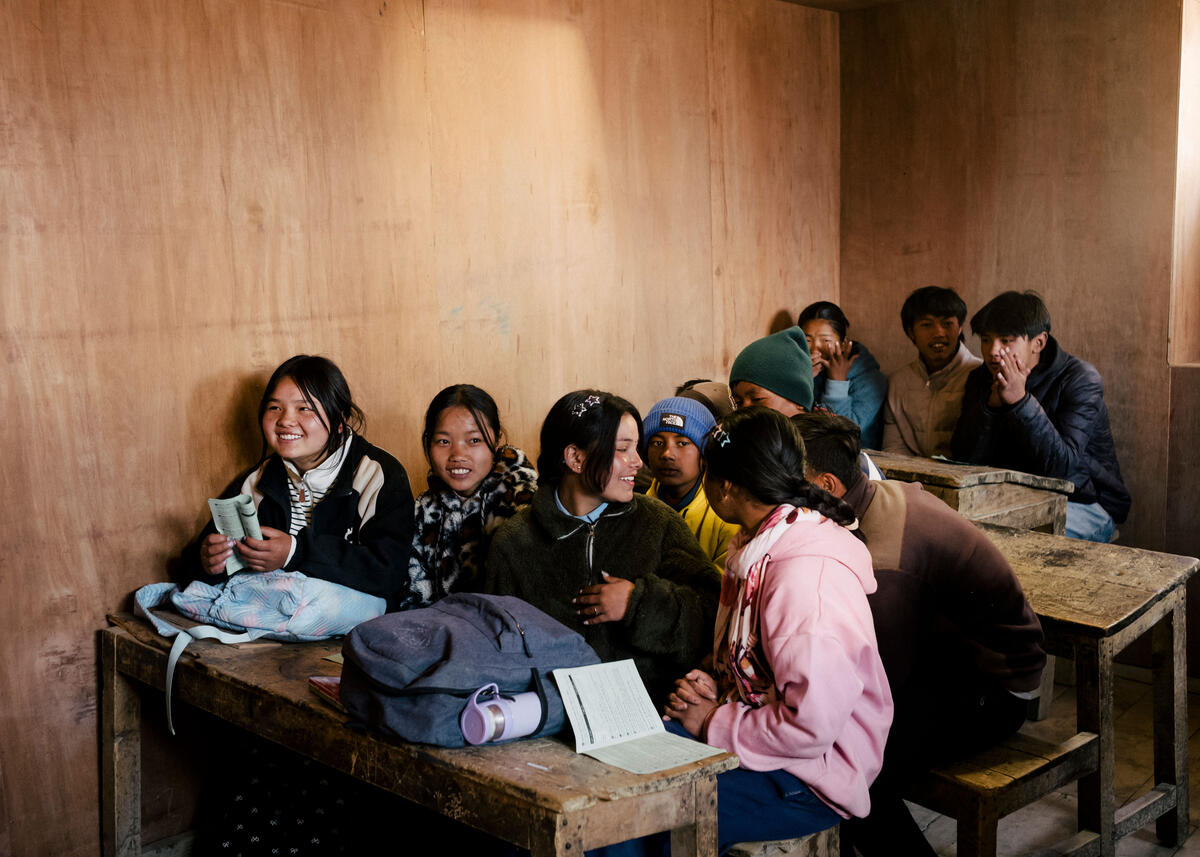
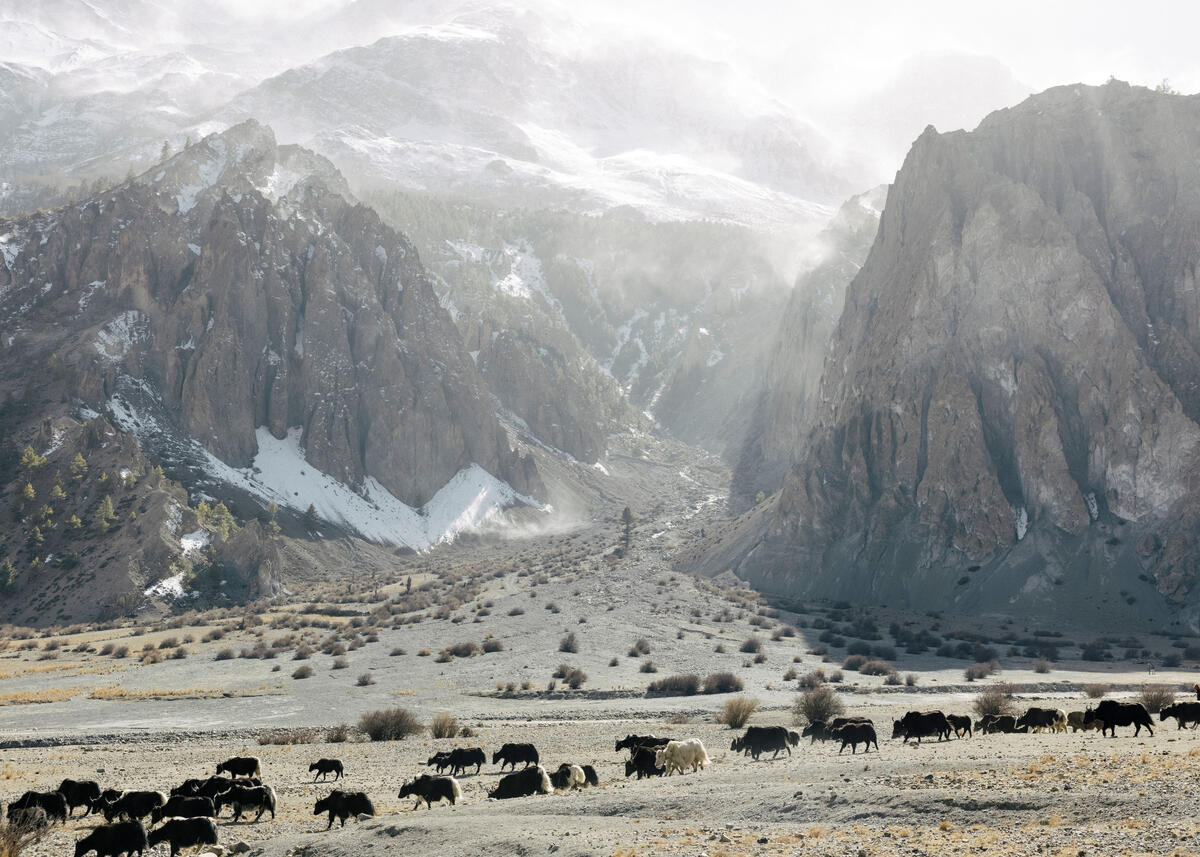
The mission’s final stop was in Kathmandu, where Heitmann and Bista met with teenage girls from one of the local schools. Among them was 18-year-old Aniva, whose goal is to work in a high-ranking position in the army when she finishes her studies. “As of now, there are not enough opportunities for females in the army sector, so I hope to see more opportunities for women in the future,” she added.

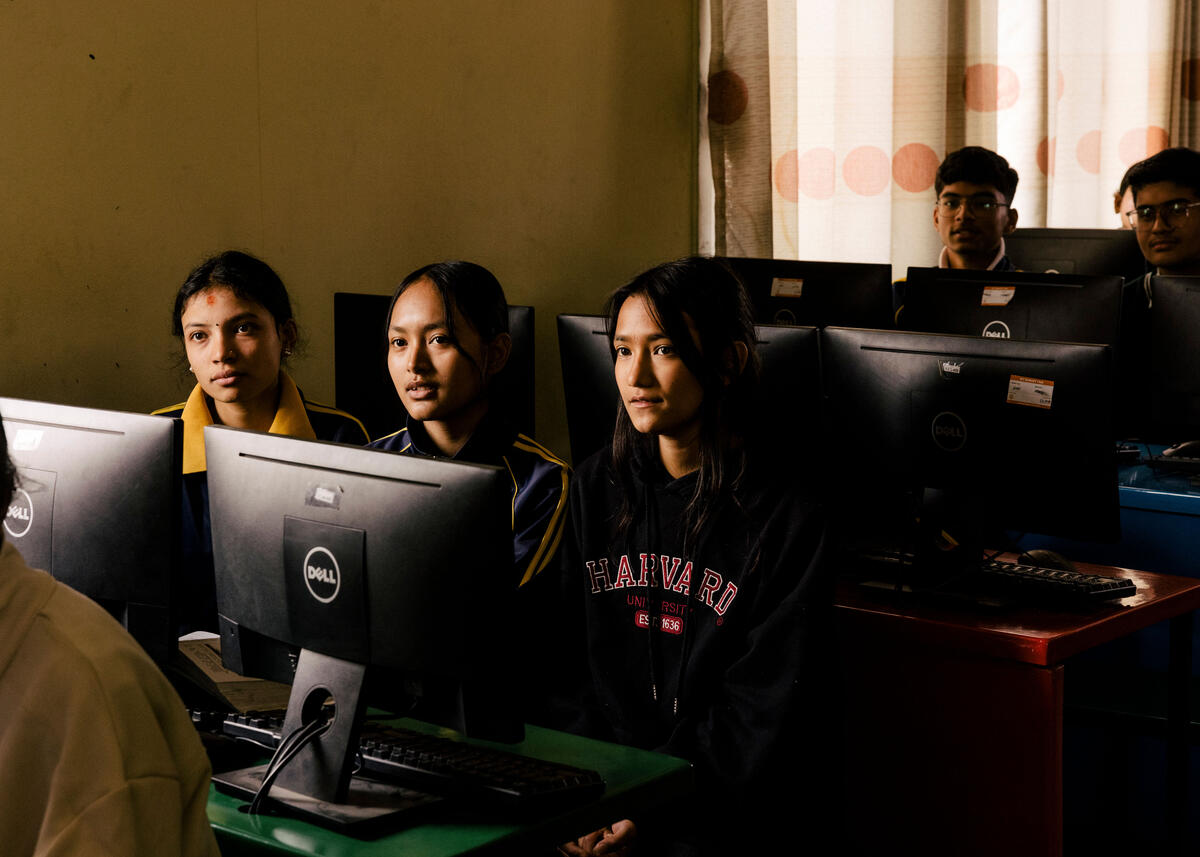
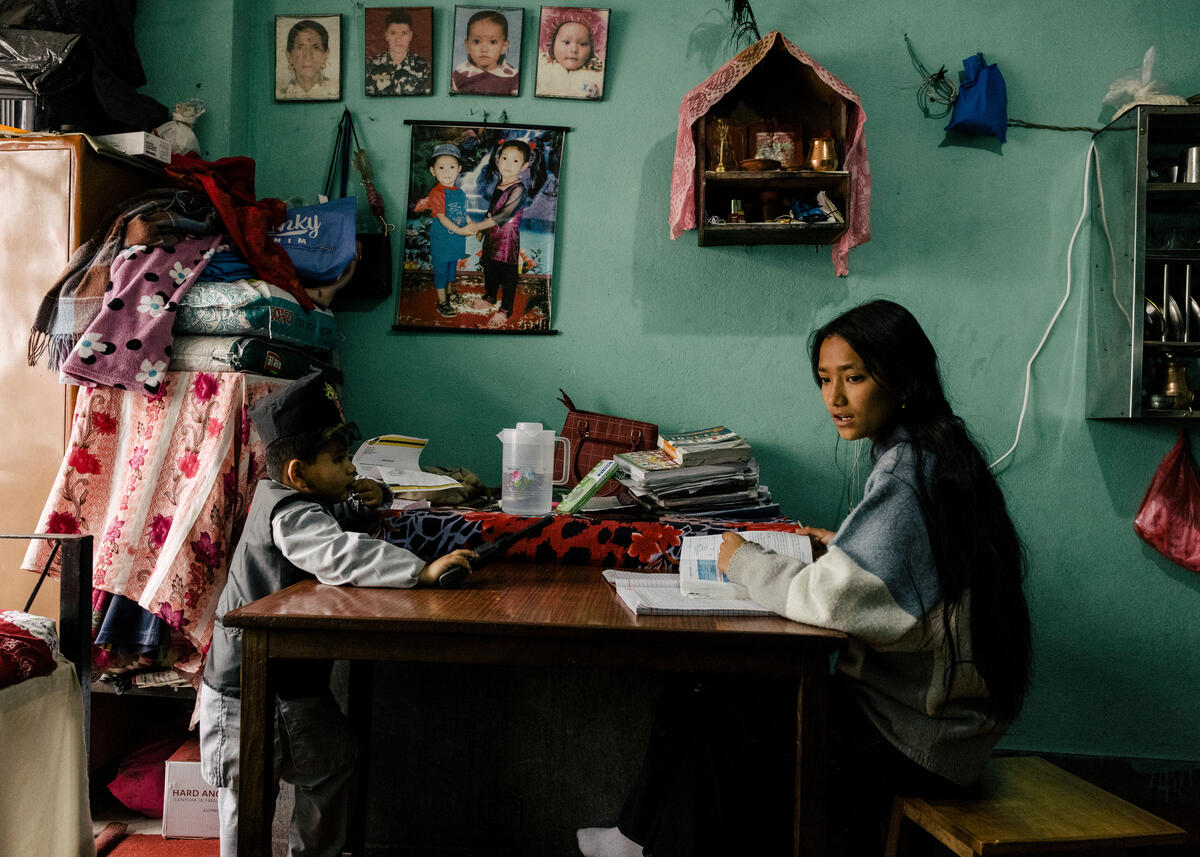
Like Monika, Aniva’s family has also been affected by cervical cancer: when she was younger, Aniva lost her aunt to the disease. “Now we can be safe from it,” she said, showing a picture of her late aunt.
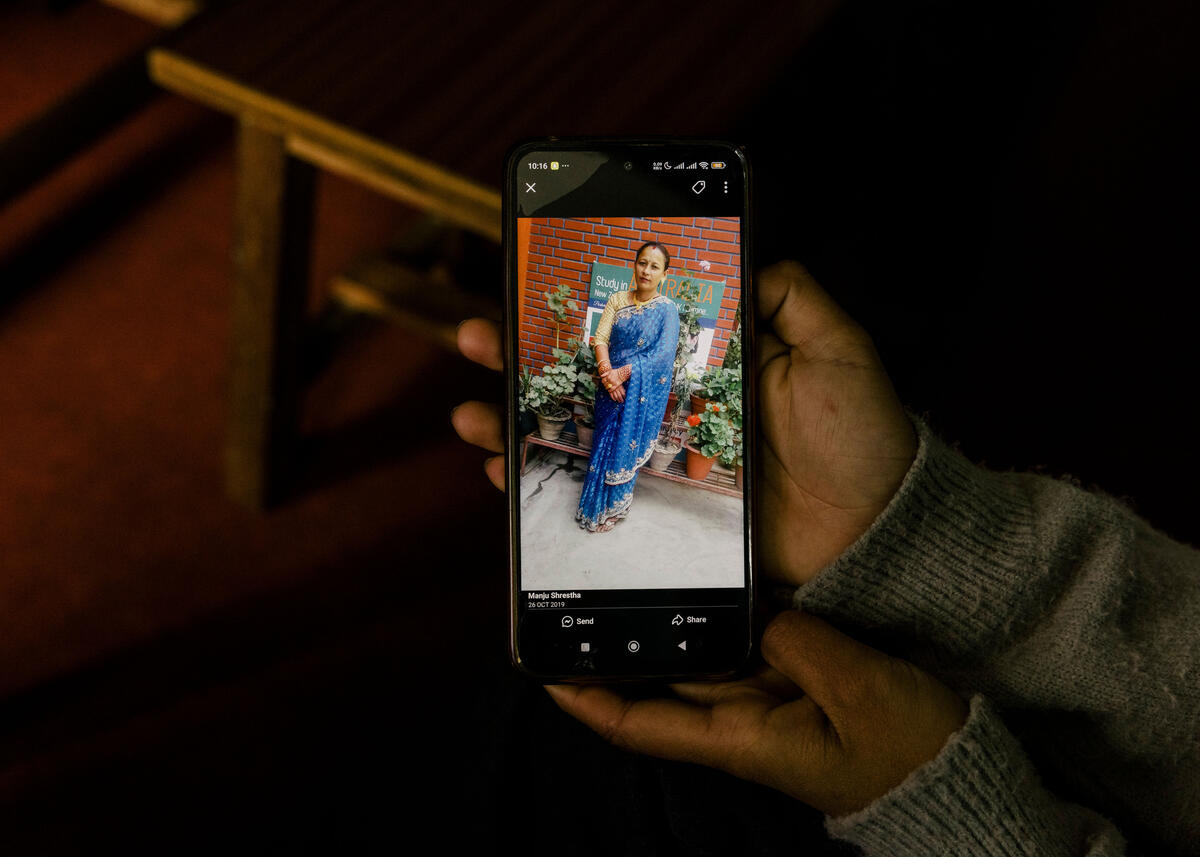
Gavi hopes to continue its campaign, which, with enough funding, could reach an additional 120 million girls with the HPV vaccine by 2030.
